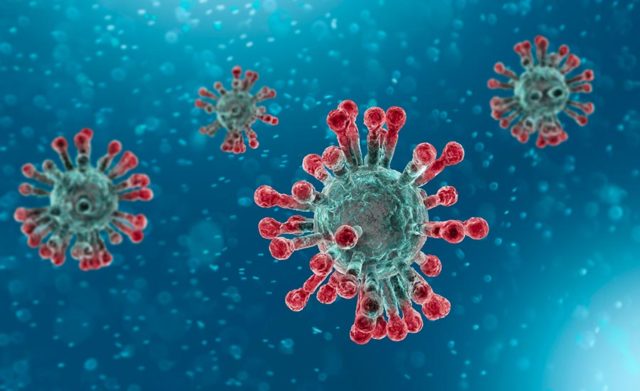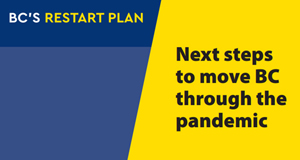Friday May 29, 2020 ~ VICTORIA, BC
by Mary Brooke, B.Sc. ~ West Shore Voice News
On a day when other provinces are still struggling to contain their outbreaks and community spread of the novel coronavirus COVID-19 (notably New Brunswick where a doctor has caused a widespread outbreak, as well as continued high case counts in Ontario and Quebec mostly in long-term care homes), in BC there were no new COVID-related deaths to report today May 29.
There have been 164 deaths in BC from the virus during the pandemic, to date, with 93 of those in long term-care.
There is presently no vaccine for becoming innoculated against the COVID-19 virus and no established set of effective treatments. If a patient ends up in hospitalized intensive care the use of a mechanical ventilator is often required (with the patient under sedation, sometimes for many days).
Today’s BC CDC Statistics (May 29):

A joint statement today by BC Health Minister Adrian Dix and Provincial Health Officer Dr. Bonnie Henry includes the latest BC Centre for Disease Control statistics, and their commentary on the current status of things in Phase 2.
There is a current tally of 2,562 test-positive cases of COVID-19 in BC. Of those, 228 are still active (with 34 people in hospital — six of whom are in intensive care, and the rest are self-isolating at home).
The rest of those who were infected and were tested — 2,170 people — have recovered (having achieved two consecutive negative test results).
COVID-19 in all five BC heath regions:
“Every health region in British Columbia has patients with COVID-19,” is the regular reminder from Dix and Dr Henry as part of their effort to try and de-stigmatize regions or communities. But the more densely populated areas of BC do see a higher count (as is the case in other densely populated areas in other Canadian cities), and the close proximity of people in long term care homes is of particular concern.
Here on Vancouver Island there have not been any new cases of COVID-19 for a while, thought in part to be due to our less dense population compared to the BC lower mainland.
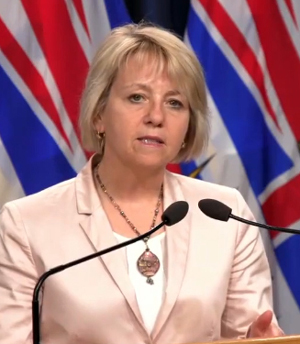
Since the start of the pandemic, there have been 900 cases in the Vancouver Coastal Health region and 1,277 in the Fraser Health region (both of those in the densely populated lower mainland area), 127 in the Island Health region, 195 in the Interior Health region and 63 in the Northern Health region.
There have been no new health-care facility outbreaks today. In total, 15 long-term care or assisted-living facilities and one acute-care unit currently have active outbreaks.
“Public health teams continue to provide support for community outbreaks at federal corrections facilities, the processing facilities in the poultry sector, and for individuals connected to the Kearl Lake plant in Alberta,” reported Dr Henry.
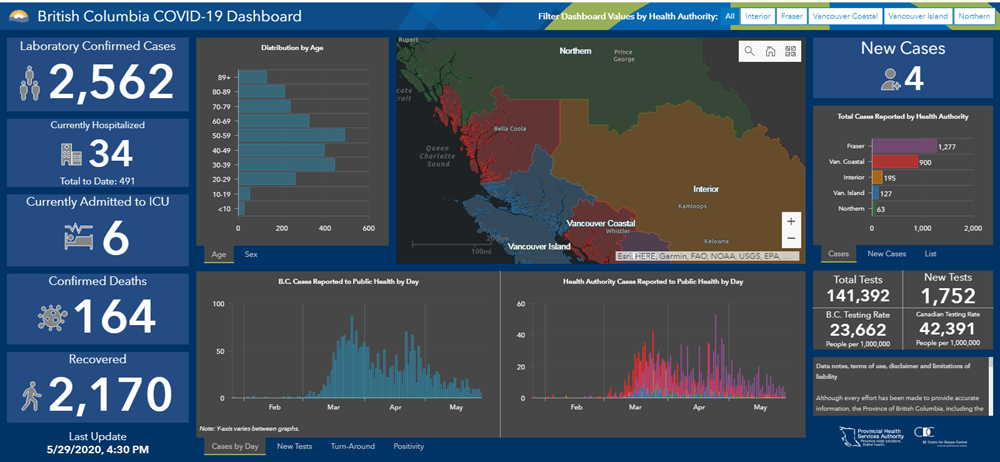
The BC Centre for Disease Control presents all of their COVID-19 data online, including a ‘dashboard’ as a visual presentation of statistics such as total cases (distribution by gender, age, health authority region, and other factors) as well as deaths. | Click here for the current dashboard.
The BC CDC survey about COVID-19 for all adult British Columbians is available to May 31, 2020 on the BC CDC website.
Guidance from WorksafeBC:
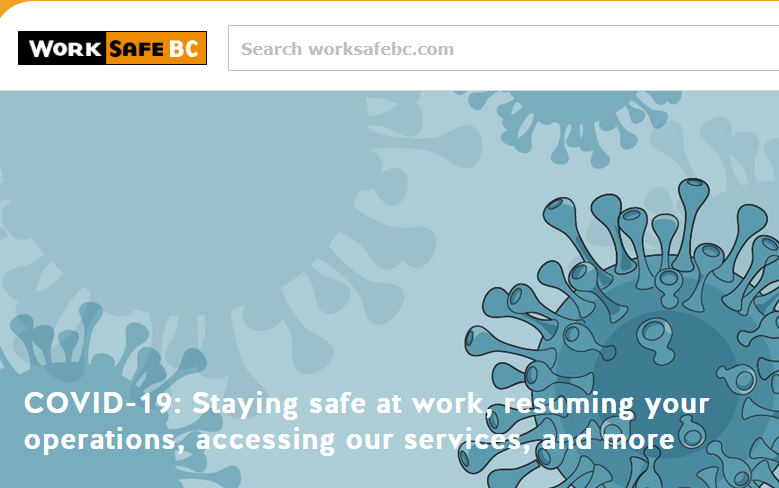
“WorkSafeBC’s COVID-19 guidance has been developed through a collaboration of public health and workplace experts,” says Minister Dix. “The comprehensive guidance balances creating opportunities to safely restart many activities and the ability to protect everyone as we do that.”
WorkSafeBC is the first stop when looking for the latest information and guidance for your workplace. Check the website frequently or call the WorkSafeBC Prevention Information Line at 1 888 621-SAFE, as new information is added every day: www.worksafebc.com
Commending Ottawa for blocking cruise ship entry:
“We commend the federal government’s decision to maintain the restrictions on cruise ships in Canadian waters until October 31. This is the right thing to do for our country and our province right now to prevent the introduction of COVID-19 into our coastal communities,” said Dix and Dr Henry in their joint statement May 29.
Phase 2 of Restart BC in May, then Phase 3:
“Easing restrictions can be done only after thoughtful consideration. Our focus and priority are the health and safety of all British Columbians,” said Dix and Dr Henry in their joint written statement today. “With your help and all of us doing our part, we will get through this storm together.”
Phase 2 of Restart BC has been from May 19 (the Tuesday after the Victoria Day long weekend) previously coming up to Sunday May 31. However, as of today now Phase 2 is defined as “May 19 to current”. This phase has seen some easing of restrictions including the reopening or expansion of some businesses that seek to increase the customer traffic through their doors.
The PHO is leaving room for any required variation on a shift to Phase 3, based on how infection rates look following the first two-week incubation period in Phase 2 (May 19 to June 1). Some provincial parks opened May 14, which creates an even earlier “first two-week incubation period” of May 14 to May 27, which so far looks promising with a low number of test-positive cases).
Phase 3 begins in June (no specific date given, just “June to September”). That includes seeing students in K-12 returning to classrooms of approximately half the usual size (with the balance of learning done remotely), and some activities expanded such as farmer’s markets and summer day-camps for kids.
State of Emergency continues to June 9, and likely beyond:
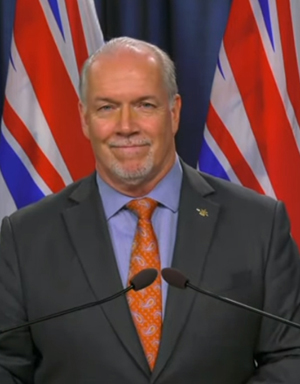
It is noteworthy that BC is now in its longest State of Emergency, due to COVID-19. On Wednesday this week, May 27, Premier John Horgan announced yet another two-week extension of the State of Emergency, taking British Columbians forward to the end of the day on Tuesday June 9 under that set of conditions. | See Provincial State of Emergency official webpage
And “there is no end in sight” for that emergency status, said Horgan.
Canada and the USA in the global count:
Globally, the number of test-positive cases is 5,701,337 (with 107,740 of those new in the last day), as reported by the World Health Organization (WHO) on May 29 (WHO situation report #130). There have been 357,688 deaths worldwide due to COVID-19 (4,354 of those new in the last 24 hours).
The most rapid infection and death rate for COVID-19 this week has been is in the United States, currently at 1,675,258, with 98,889 deaths in the WHO statistics for the USA to early May 29 (though in the USA their most current death tally has surpassed 100,000).
Across Canada the total number of confirmed cases in the WHO situation report #130 is 87,905, with 3,983 deaths. Canada is maintaining tight restrictions on travel over the border (only available to essential workers for designated supply chains), and today also extended the ban on cruise ship docking in Canada to October.
USA withdraws funding to World Health Organization:
Today President Trump dropped US funding to the World Health Organization for what he said was their failure to manage China with regard to the COVID-19 spread (while redistributing funds to other health-supporting organizations) and is limiting many other interactions with China now that Beijing has clamped down on Hong Kong’s freedoms.
Sports in the economic recovery limelight:

Whether or not professional hockey and football teams can set up training camps and performance hubs in Canada is yet to be seen, given the desire by the Prime Minister and all Canadian premiers to maintain restricted cross-border migration.
Vancouver, Edmonton and Toronto are three proposed ‘hub’ cities in a plan outlined this week by the National Hockey League (NHL). BC Premier John Horgan is not keen to ‘bend the rules’ as to people incoming from jurisdictions outside BC and Canada, given BC’s success to date with bending the curve of COVID-19 infections.


